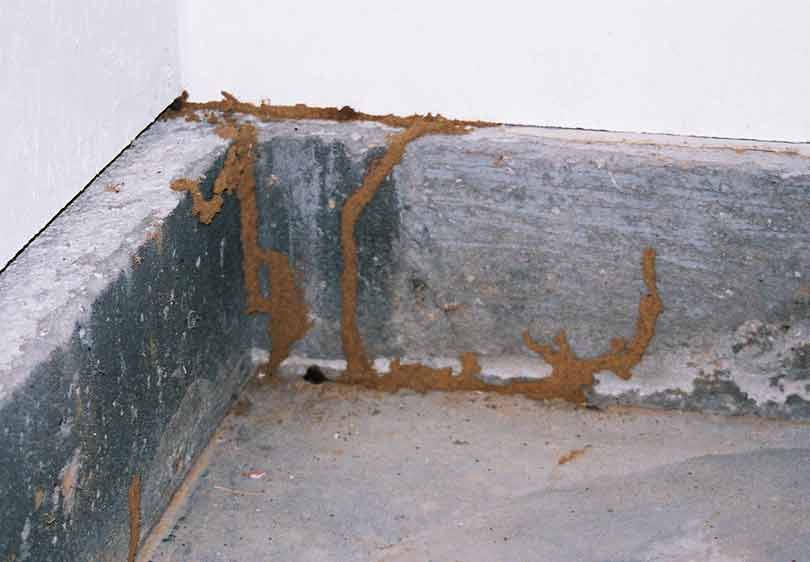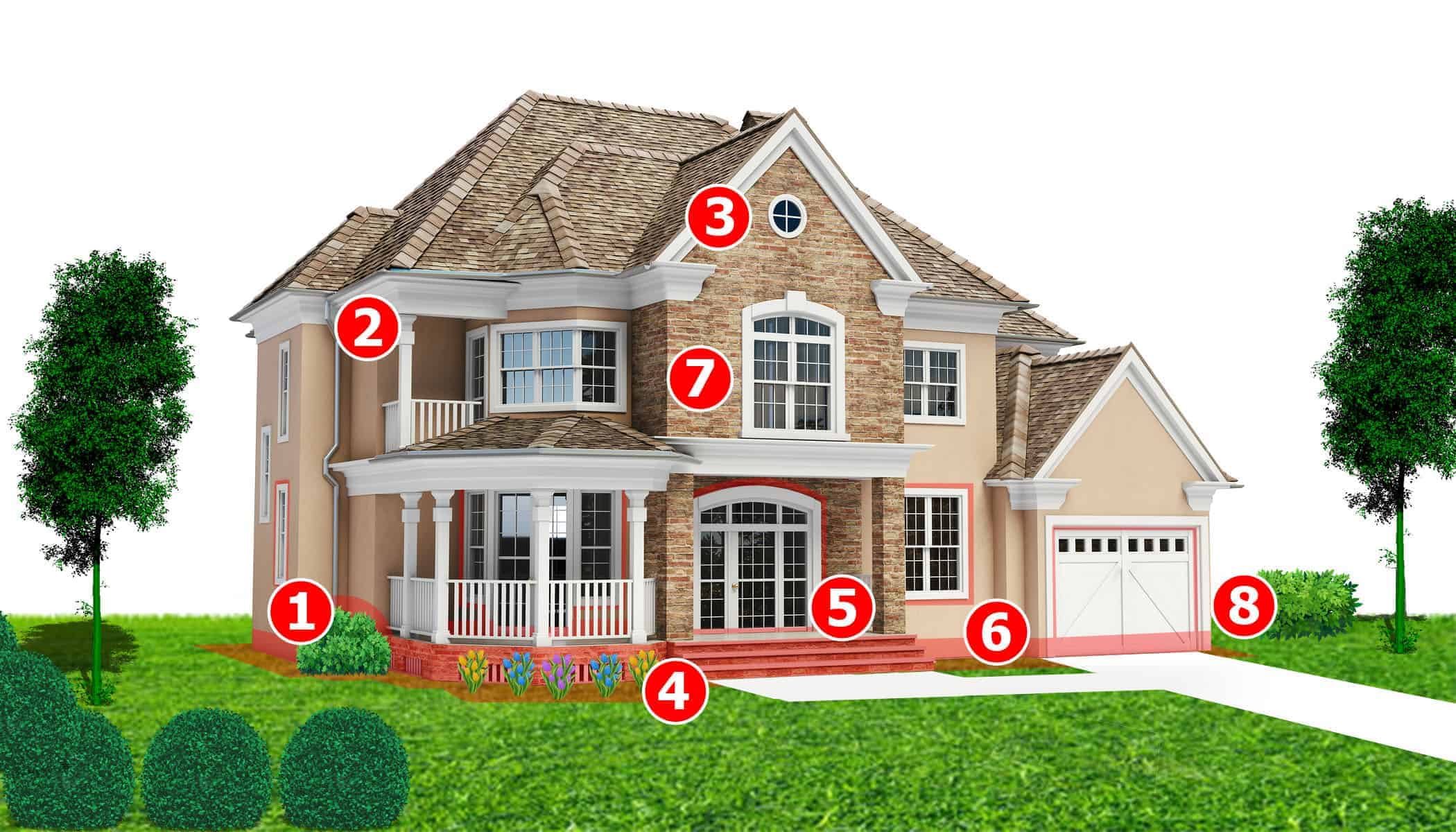Comprehensive Pest Control Provider to Battle Vole Infestations
Vole infestations can promptly rise, creating damage to yards, landscapes, and yards. The influence of these little rats can be substantial and quick, necessitating a detailed insect control approach to successfully manage the circumstance. Understanding the actions and biology of voles is essential in developing an incorporated approach that not just resolves the existing infestation however also avoids future events. By employing a combination of identification, environment, exemption, and capturing alteration techniques, professional pest control solutions can offer a tailored remedy to deal with vole problems. However, the essential depend on implementing an all-round plan that not just removes existing voles but also establishes long-lasting control actions to safeguard against future intrusions.
Vole Recognition and Evaluation
Voles, small rats looking like mice however with shorter tails, are generally located in yards and yards, making exact identification important for efficient insect control actions. These bugs can cause substantial damage to plant life and crops, making punctual action essential in minimizing prospective losses. When examining for voles, look for their particular paths, burrow openings, and nibbled plant origins. vole control utah. Vole runways are usually located externally of the ground and are developed as they travel back and forth in between their burrows and food resources. Burrow openings are small, regarding 1-2 inches in size, and result in below ground tunnels where voles nest and seek sanctuary. Munched plant roots are one more indicator of vole task, indicating their visibility and prospective damages to greenery. By precisely recognizing these indicators, insect control professionals can tailor their approaches to efficiently handle vole problems and shield gardens and lawns from more harm.

Capturing and Removal Strategies
Reliable parasite control methods for taking care of vole infestations commonly entail using specialized trapping and removal techniques. Trapping is a commonly utilized approach to record voles and transfer them away from properties.
When establishing up catches, it is critical to guarantee they are placed properly and baited with vole-preferred food sources like peanut butter, seeds, or fruits. Frequently examining the catches is necessary to promptly eliminate caught voles and avoid distress or damage to the animals. When caught, voles must be transferred to appropriate habitats far from human homes to prevent re-infestation.
Furthermore, exclusion techniques, such as installing obstacles or secure fencing underground, can aid deter voles from accessing details locations. Appropriate disposal of captured voles and consistent surveillance of vole activity are important components of a reliable capturing and removal strategy in vole problem monitoring.
Exemption and Barrier Methods

To effectively implement exemption and barrier methods, an extensive examination of the residential property is important to determine vole task and prospective entry factors. By attending to these susceptabilities and applying targeted exclusion and barrier procedures, homeowner can significantly minimize the threat of vole infestations. Regular maintenance and surveillance are vital to make certain that barriers continue to be intact and reliable in deterring voles from accessing at risk why not find out more areas. Inevitably, a combination of capturing, elimination, and proactive exclusion measures can assist effectively handle vole populaces and safeguard residential properties from infestations.
Environment Alteration and Prevention
To reduce vole problems, environment alteration and avoidance techniques concentrate on modifying the environment to dissuade vole habitation. One reliable approach is reducing the availability of food resources by keeping lawn cut short, getting rid of weeds and particles, and keeping a clean yard. Voles are attracted to locations with thick plant life and mess, so creating open spaces can help discourage them from clearing up in the location. Furthermore, minimizing excess wetness by taking care of leaking pipes, making sure appropriate drain, and removing standing water can make the environment much less hospitable for voles.
Integrating obstacles like gravel boundaries or cable mesh underground can also stop voles from delving into yards or yards. By carrying out these habitat adjustments and avoidance measures, building owners can proactively minimize the risk of vole invasions and shield their exterior rooms from damages.
Monitoring and Follow-Up Methods

Follow-up approaches include taking another look at the treated locations to look for any type of signs of vole task. Keeping an eye on stations, traps, and read this post here aesthetic evaluations are frequently used techniques to assess the success of the parasite control steps. By regularly checking these locations, pest control professionals can promptly recognize any renewal of vole task and take proactive steps to attend to the concern before it rises.
Additionally, documenting the outcomes of surveillance and follow-up tasks is vital for tracking the development of vole invasion control in time. These documents aid in recognizing trends, assessing the efficiency of various control approaches, and making notified choices for future parasite monitoring strategies. Regular follow-up procedures not only help in avoiding vole re-infestations yet also add to the overall success of pest control efforts.
Conclusion
Finally, extensive parasite control solutions are essential for effectively combating vole infestations. By evaluating and recognizing vole populations, carrying out trapping and removal techniques, making use of exemption and barrier methods, customizing environments, and executing monitoring and follow-up strategies, homeowner can successfully manage and stop future invasions. It is essential to address vole problems immediately to prevent damage to building and possible health and wellness dangers.
By employing a mix of recognition, exemption, habitat, and trapping alteration methods, professional parasite control services can offer a customized solution to deal with vole infestations (vole control utah). By properly determining these indications, insect control specialists can tailor their approaches to efficiently take care of vole infestations and protect yards and yards from additional injury
Effective bug control approaches for handling vole problems commonly entail employing specialized capturing and elimination techniques.To reduce vole problems, habitat adjustment and avoidance strategies focus on modifying the setting to dissuade vole habitation.Routine surveillance and follow-up treatments are crucial in preserving vole problem control measures and guaranteeing long-lasting success in parasite monitoring.